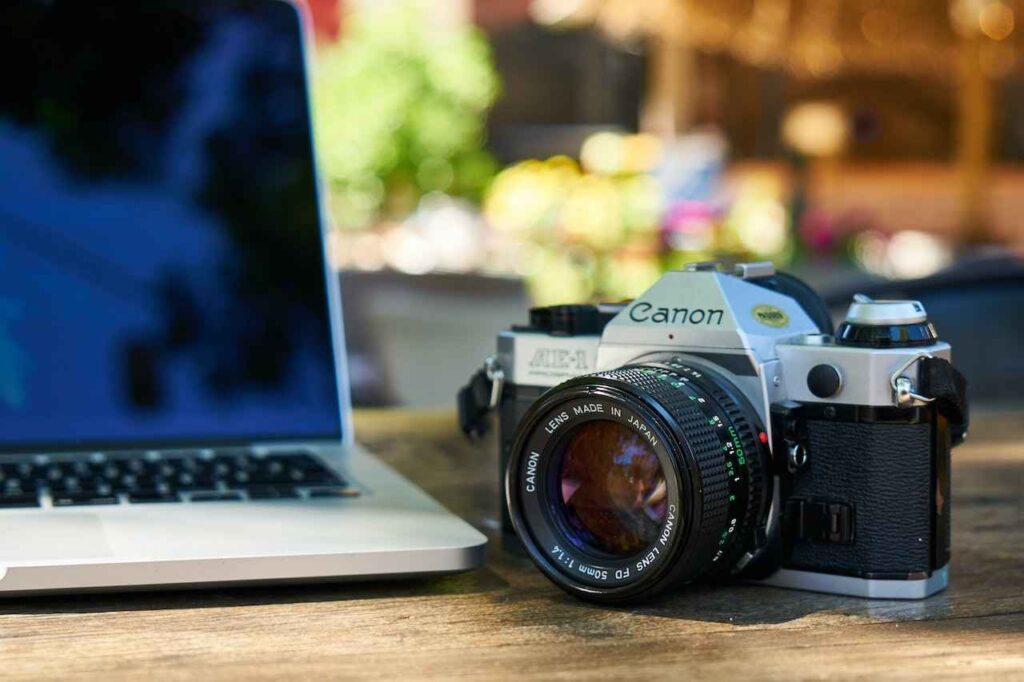Understanding: Where is the Sensor on a DSLR Camera?
For professional photographers, the phrase Where is the sensor on a DSLR camera? carries significant weight. When it comes to capturing that perfect shot, understanding your cameras inner workings, especially the sensor, can make all the difference. In this comprehensive guide, we'll dive deep into where the sensor is located, its importance, and other essential details. Let's get started!

What is a DSLR Sensor?
The DSLR sensor is the heart of your digital camera. In layman's terms, it acts as a digital equivalent of film in an analog camera. It captures light and converts it into an image you can see. Without it, no digital image would be possible. Understanding the location and function of the sensor is fundamental for any photographer aiming to get the most out of their equipment.
Key Functions of a DSLR Sensor
Before we get into the core topic, lets first understand some critical functions of a DSLR sensor:
- Light Capture: The sensor captures light and converts it to a digital image.
- Image Quality: The size and type of the sensor directly influence the quality of the image.
- Color Depth: The sensor helps in determining the color depth and range of your photographs.

Where is the Sensor Located?
The sensor in a DSLR camera is meticulously situated within the camera body, behind the interchangeable lens, and directly in front of the cameras mirror system. When you look inside a DSLR, you'll see that the mirror covers the sensor, reflecting light up into the optical viewfinder when not exposing the sensor during a shot.
Steps to Access the Sensor
To access the sensor, follow these steps:
- Remove the Lens: Twist and remove the lens from the DSLR body.
- Flip the Mirror Up: Use the camera's settings to flip the mirror up, exposing the sensor.
- Observe Caution: Always ensure you are in a clean, dust-free environment to avoid contaminating the sensor.

Why Locating the Sensor Matters?
Understanding where the sensor is located isn't just an academic exercise; it has real-world implications:
- Cleaning: Knowing how to access the sensor will allow you to clean it properly, ensuring optimal image quality.
- Maintenance: Regular maintenance becomes simpler, saving you time and money in the long run. Clean DSLR Lens
- Repair: Quick identification of sensor issues will enable you to get repairs done more efficiently.

Advanced Tips for DSLRs
For those deeply involved in photography, understanding and maintaining your DSLRs sensor goes beyond cleaning. Here are some advanced tips:
- Sensor Calibration: Regularly calibrate the sensor for accuracy.
- Firmware Updates: Keep your cameras firmware updated to optimize sensor performance.
- Environmental Awareness: Avoid extreme conditions that could affect the sensor's function.
For more tips on optimizing your DSLR camera, please read more on DSLR Photography Tips.
Sensor Sizes and Types
Not all sensors are created equal. Here are the most common types:
- Full-Frame Sensor: Equivalent to 35mm film, captures more light for better quality.
- APS-C Sensor: Smaller than full-frame, commonly found in entry-level and mid-range DSLRs.
- Micro Four Thirds Sensor: Even smaller, used in some specialized cameras.
Common Issues and Troubleshooting
Even seasoned photographers encounter issues with their DSLR sensors. Below are some common problems and how to address them:
- Dust and Particles: Use a blower to clean the sensor. Read more on Cleaning DSLR Lens at Home
- Hot Pixels: Utilize the cameras pixel mapping feature or consult a professional for repairs.
- Sensor Scratches: Avoid direct contact; seek professional help if you notice scratches.
The Future of DSLR Sensors
The evolution of DSLR sensors is ongoing. Technological advancements promise improvements in:
- Resolution: Enhanced resolution for more detailed images.
- Dynamic Range: Wider dynamic range for better color and contrast.
- Low-Light Performance: Improved low-light capabilities.
Stay updated on the latest advancements by following guides such as Adobe's DSLR Guide.
Maintaining Your DSLR Sensor
Proper maintenance is crucial for ensuring optimal performance of your camera sensor:
- Regular Cleaning: Clean the sensor and camera body regularly to prevent dust accumulation. Check out Cleaning DSLR Lens.
- Proper Storage: Store your camera in a dry, clean environment when not in use.
- Use of Protective Gear: Employ body caps and lens caps to shield the sensor from dust and moisture.
FAQ Section
How can I clean my DSLR sensor at home?
Use proper tools such as a blower, sensor swabs, and cleaning solution. Ensure youre in a dust-free environment and follow instructional guides like our comprehensive article on Cleaning DSLR Lens at Home.
What should I do if I notice scratches on my sensor?
If you notice scratches, its best to consult a professional repair service. Attempting to fix scratches on your own could make the situation worse.
Will updating firmware affect my DSLR sensor?
Yes, updating your cameras firmware can improve the sensor's performance by resolving bugs and optimizing functionalities. Always keep your firmware updated for the best performance.
For additional resources, visit Which DSLR Camera to Buy.
As an Amazon Associate, I earn from qualifying purchases.

